Luffa Pruning Tips: When Do Luffas Need Pruning
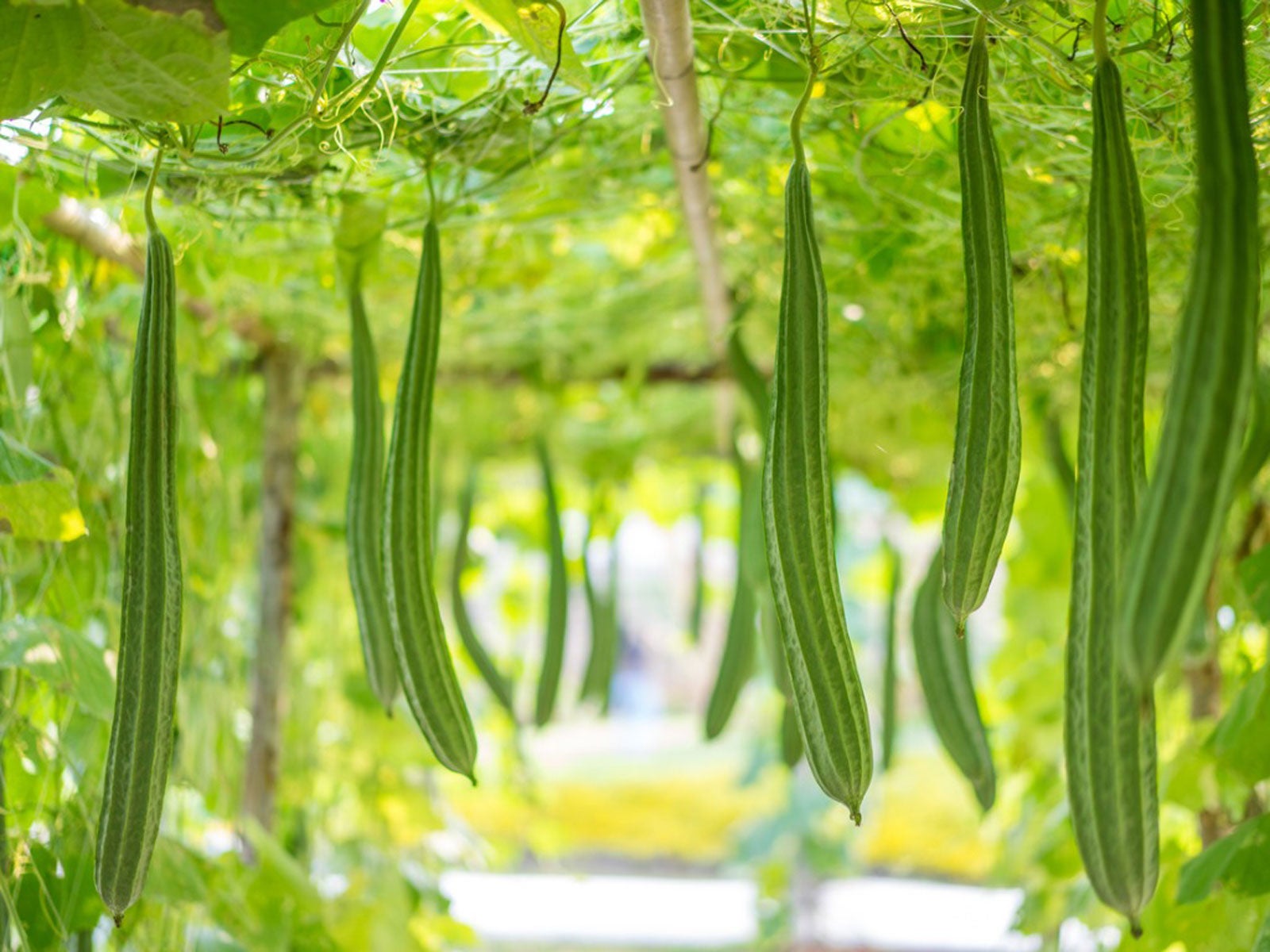

Do you know those lovely, slightly scratchy sponges that exfoliate and invigorate your skin in the shower? Luffa sponges are a valuable beauty secret and are completely natural. They come from a variety of gourd that grows in tropical to subtropical regions. The vines are easy to grow in long-season regions. Do luffas need pruning? Read on to learn more.
Do Luffas Need Pruning?
Pruning luffa vines isn't necessary but it can help young plants send out more vines and promote the sturdiest stems for fruit production.
Growing luffa gourds is quite easy provided you have a very long growing season. They take up to 200 frost-free days to mature and can grow numerous stems filled with heavy, up to 2 feet long (61 cm.) fruits. The vines need plenty of training and a sturdy trellis system upon which to grow. These vines can get 25 feet (8 m.) or more towards the end of the season.
Luckily, trimming luffa plants early will help keep the length to a manageable size and help with the training of the stems. Luffa pruning is not necessary if you don't mind a monster vine with sporadic fruits. However, for easily controlled plants and more fruit, trimming luffa plants when young will help the stems grow in a more orderly fashion and produce more buds. It also promotes airflow and minimizes pests and diseases.
How to Prune a Luffa
When pruning luffa vines, keep in mind the size of the area in which they will grow and how many of these very versatile fruits you will want. The idea is to allow the stems to reach your trellis system while promoting airflow and room for the large fruits to grow without bumping into each other.
Use very sharp and clean cutting tools for luffa pruning. This will help prevent disease and damage at cut sites. To trim young plants, wait until there are at least four stems and cut all of the first stems back to the main stem. Continue training to the trellis and let the stems grow. Pinch off the first flowers which are male. Female flowers develop next and will form the fruit.
If you want a smaller set of vines, prune back to a growth node. You can easily keep the plant in check this way, provided you still have plenty of fruit on the lower vines. In order to give the plants room to grow, you may have to prune off those that are in clusters. This will allow the biggest fruits to fully mature without damage.
Gardening tips, videos, info and more delivered right to your inbox!
Sign up for the Gardening Know How newsletter today and receive a free copy of our e-book "How to Grow Delicious Tomatoes".

Bonnie Grant is a professional landscaper with a Certification in Urban Gardening. She has been gardening and writing for 15 years. A former professional chef, she has a passion for edible landscaping.
-
 Try The Trend – Turn Any Bed Into A Keyhole Garden With This Clever In-Ground Composter
Try The Trend – Turn Any Bed Into A Keyhole Garden With This Clever In-Ground ComposterKeyhole gardening is an efficient and sustainable practice that saves space. Get started on this DIY project quickly and easily with an in-ground composter.
By Bonnie L. Grant
-
 4 Superfast Composting Methods: Turn Waste Into Garden Gold In 30 Days Or Less
4 Superfast Composting Methods: Turn Waste Into Garden Gold In 30 Days Or LessTry the fastest composting methods to turbocharge your pile and transform kitchen scraps and garden waste into finished compost in just a few weeks.
By Mary Ellen Ellis
-
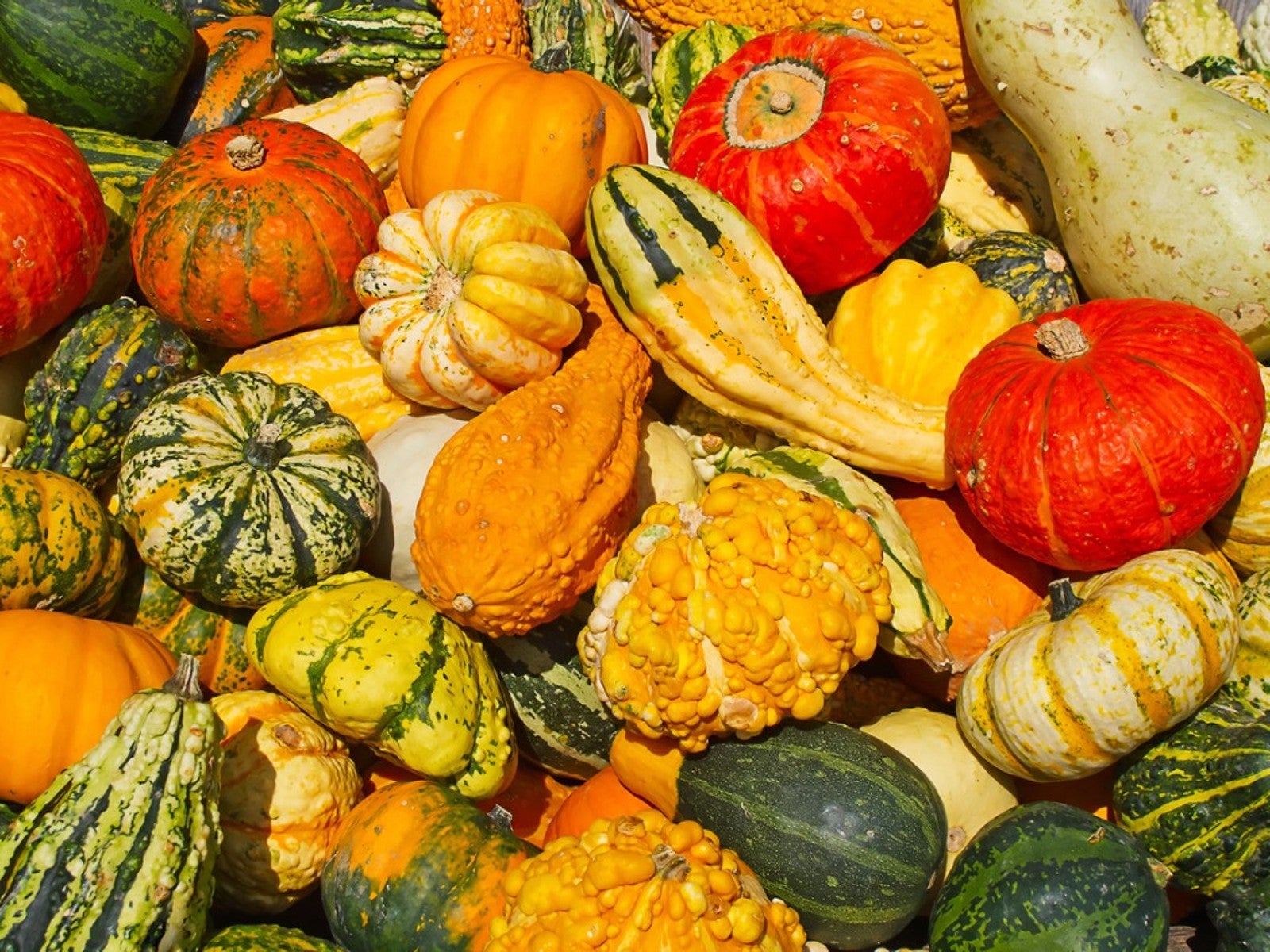 5 Ornamental Gourds To Try - Fascinating Gourd Varieties
5 Ornamental Gourds To Try - Fascinating Gourd VarietiesDid you know gourds were among the first plants cultivated by early humans? Here's our list of the five most fascinating gourds to grow.
By Laura Miller
-
 What Is A Fluted Pumpkin – Growing Nigerian Fluted Pumpkin Plants
What Is A Fluted Pumpkin – Growing Nigerian Fluted Pumpkin PlantsNigerian fluted pumpkins are consumed by 30 to 35 million people, but millions more have never even heard of them. Read on to learn about growing fluted pumpkins.
By Amy Grant
-
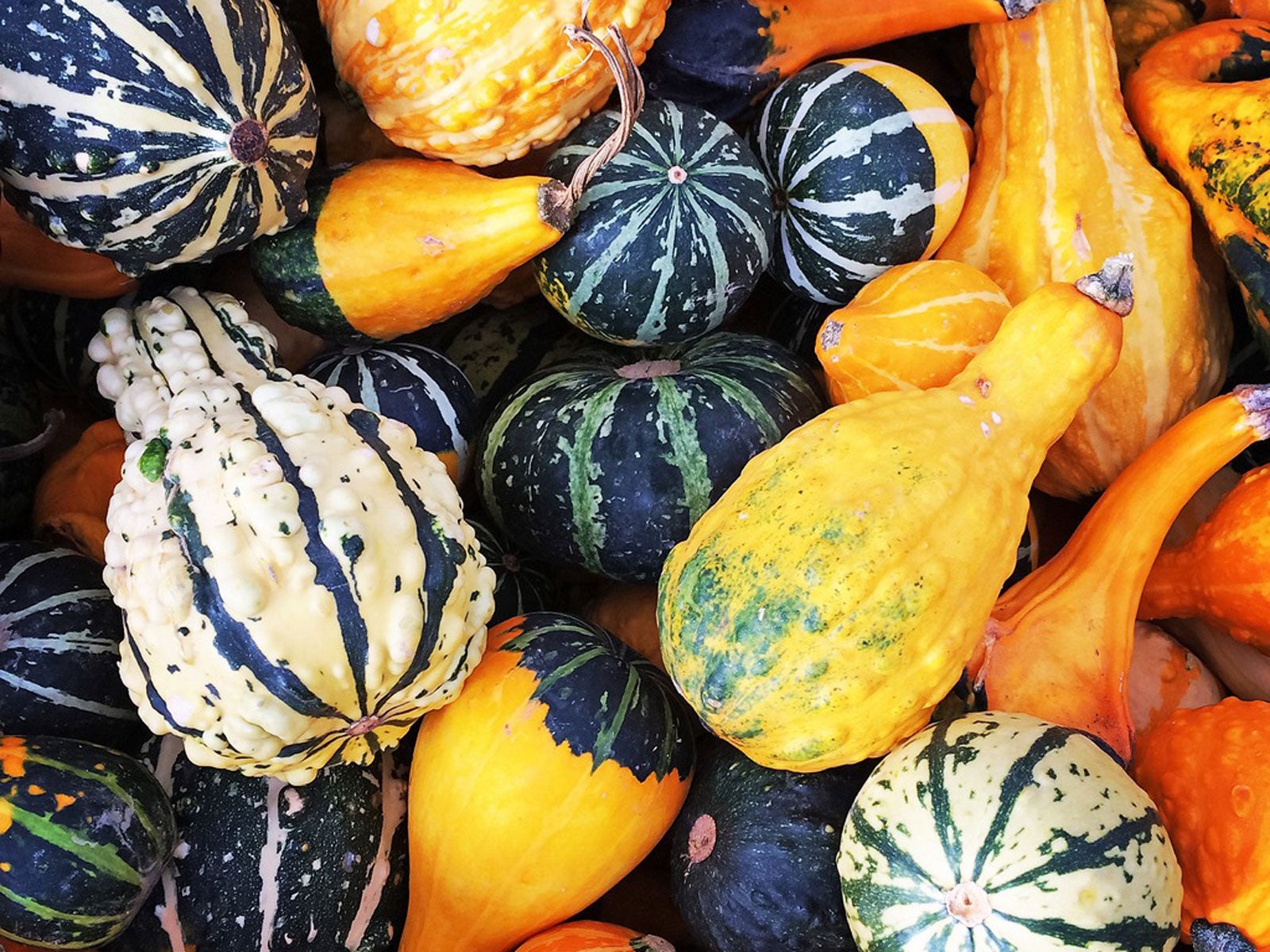 Using Decorative Gourds: Learn About Things To Do With Gourds
Using Decorative Gourds: Learn About Things To Do With GourdsIf you're looking for ideas to put together ornamental gourd displays, click here. There are lots of things to do with gourds in autumn.
By Teo Spengler
-
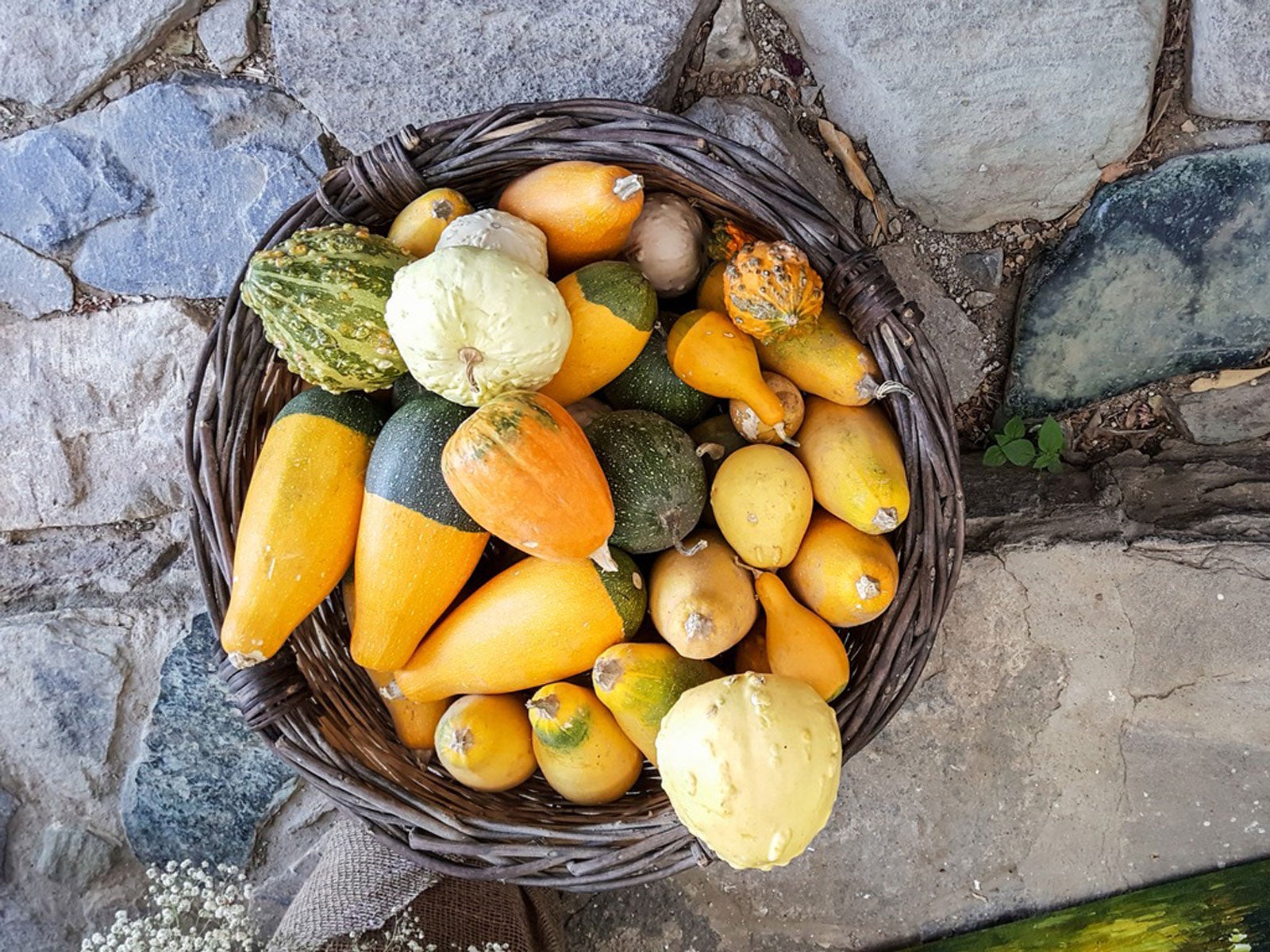 Are Gourds Edible: Learn About Eating Decorative Gourds
Are Gourds Edible: Learn About Eating Decorative GourdsFall signals gourds in every shape, size, and color. Related to squash and pumpkins, one may wonder, are gourds edible? Find out here.
By Bonnie L. Grant
-
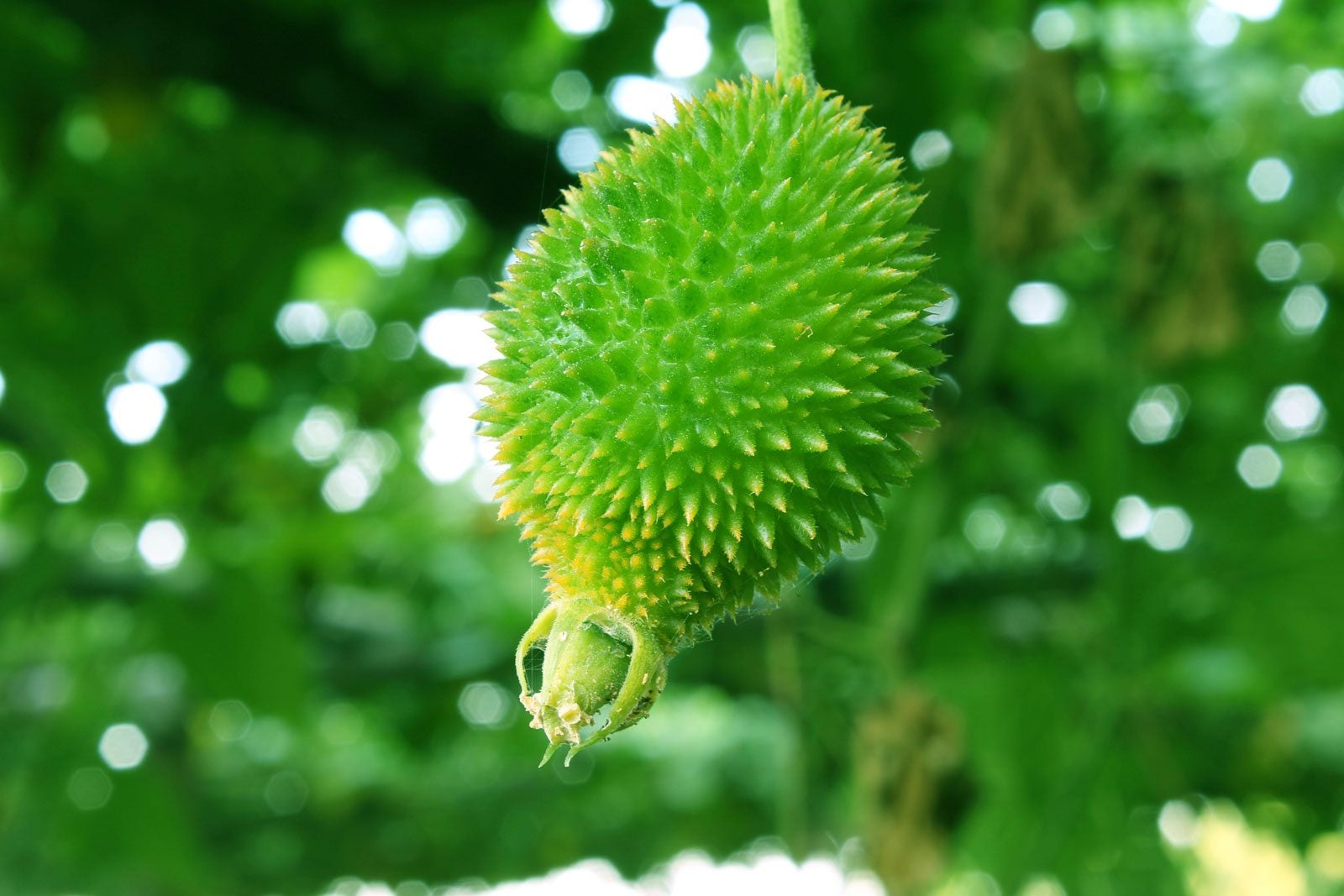 What Is A Hedgehog Gourd: How To Grow Teasel Gourd Plants
What Is A Hedgehog Gourd: How To Grow Teasel Gourd PlantsThere are a myriad of fruits and vegetables - many of which most of us have never heard. Amongst those lesser known are hedgehog gourd plants or teasel gourd. What is a hedgehog gourd? Click this article to learn more.
By Amy Grant
-
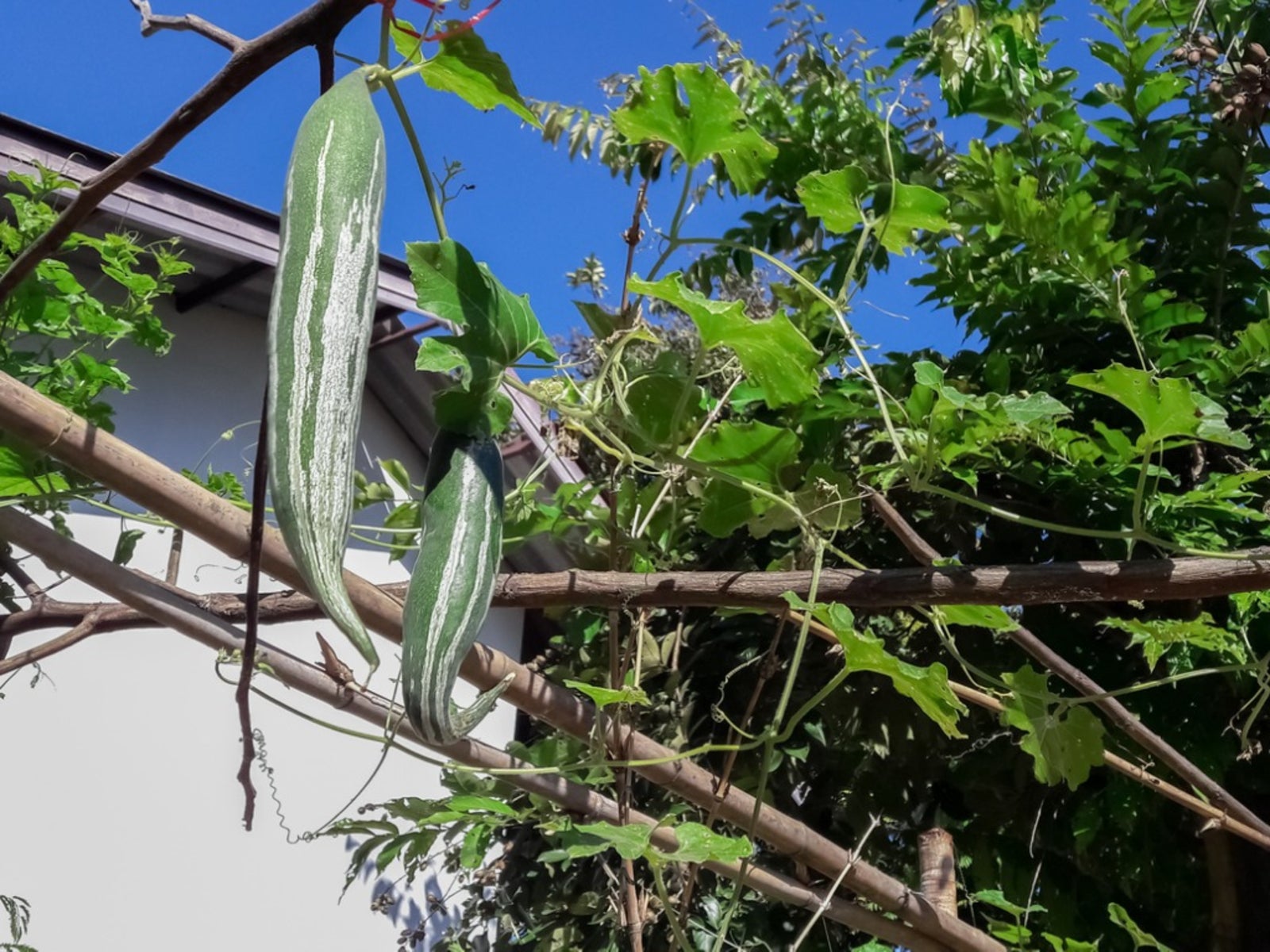 What Is A Snake Gourd Plant: Snake Gourd Info And Growing
What Is A Snake Gourd Plant: Snake Gourd Info And GrowingLooking eerily akin to dangling green serpents, snake gourds are not an item you see every day. What is a snake gourd and how do you care for a snake gourd plant? Read here to learn more.
By Amy Grant
-
 Growing Gourd Plants: Learn How To Grow Gourds
Growing Gourd Plants: Learn How To Grow GourdsGrowing gourd plants is a great way to add variety to the garden. There are many types to grow and just as many things you can do with them. Learn more about how to grow gourds in this article.
By Susan Patterson
-
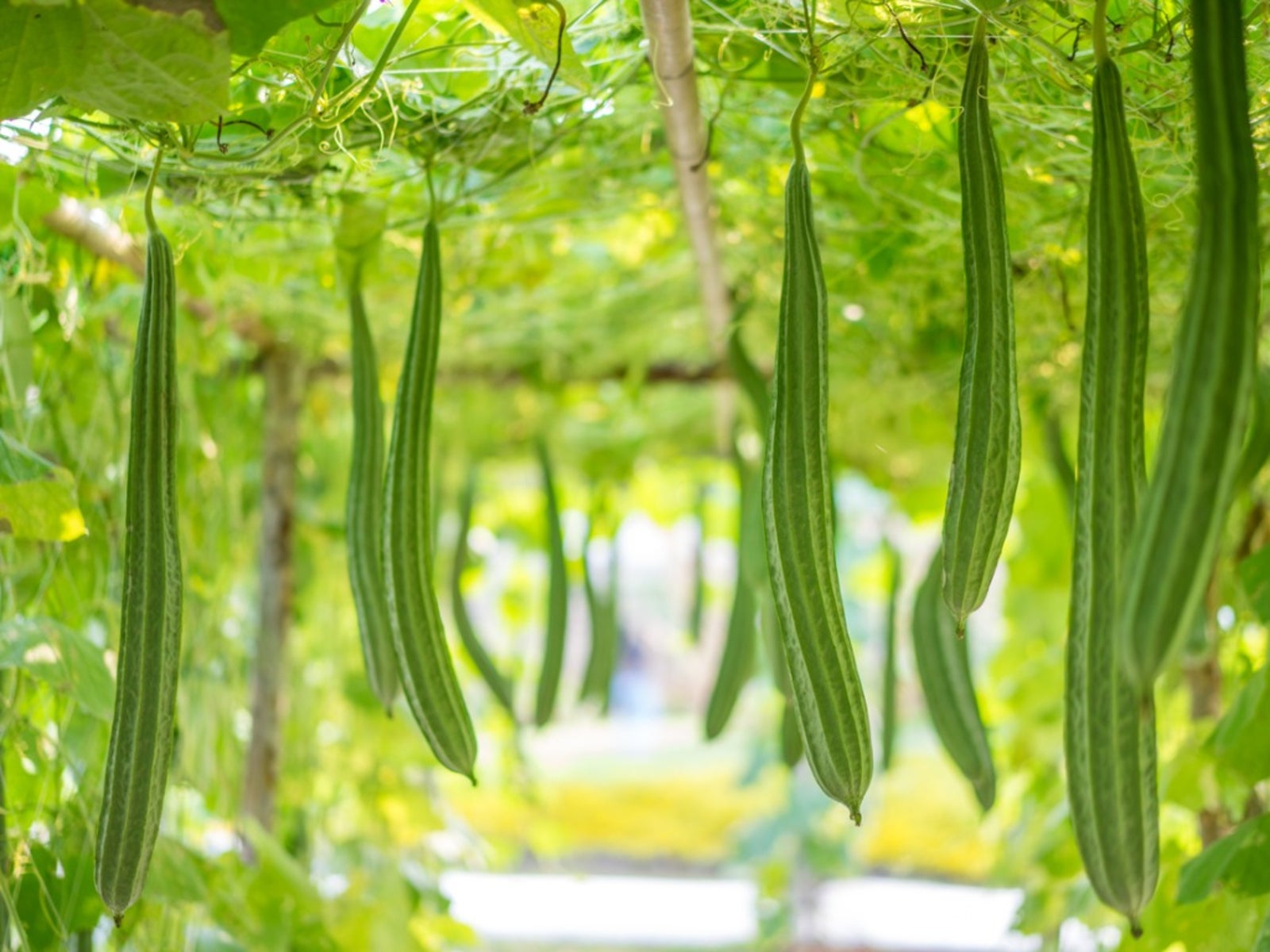 Luffa Plant Care: Information On Luffa Gourd Planting
Luffa Plant Care: Information On Luffa Gourd PlantingYou've likely heard of a luffa sponge and may even have one in the shower. But did you know you can also try your hand at growing luffa plants? Learn more about a luffa gourd and how to grow it in this article.
By Susan Patterson